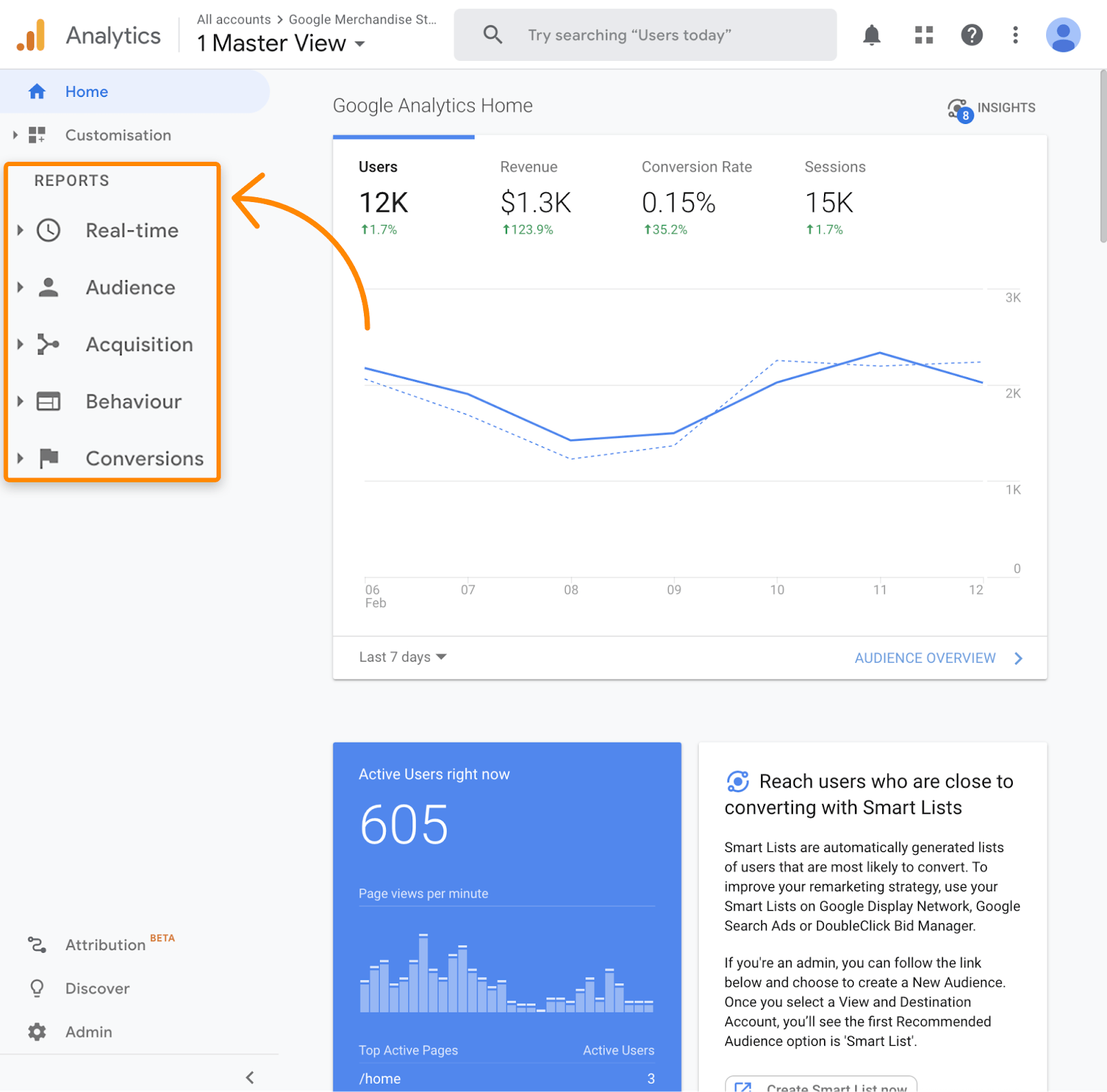Necessary Guide to Secondary Dimensions in Google Analytics: Definition, Advantages, and Applications
Taking Advantage Of the Power of Additional Dimension in Google Analytics to Fine-tune Your Advertising Method and Drive Results
In the world of digital advertising, the capacity to fine-tune methods and accomplish tangible results is paramount for services making every effort to stay affordable in today's landscape. Leveraging the power of additional measurements within Google Analytics opens up a realm of possibilities for marketing professionals looking for to obtain deeper understandings into individual habits and customize their campaigns with precision. By discovering concealed patterns and refining target market segmentation, companies can craft targeted methods that reverberate with their consumers on an extensive level. The potential to gauge campaign performance with a granular lens even more highlights the significance of utilizing this tool to drive success.
Understanding Secondary Measurements
When examining data in Google Analytics, comprehending secondary dimensions is important for obtaining much deeper insights into user habits and site performance. Main measurements give basic details such as the variety of sessions or individuals, but second dimensions supply an even more thorough sight by permitting individuals to section and analyze information better. By including a second measurement, marketing professionals can improve their analysis and discover beneficial patterns that might have or else gone unnoticed.
Secondary measurements in Google Analytics can be related to various metrics such as traffic sources, individual demographics, and actions flow. For example, by incorporating the key measurement of 'touchdown pages' with the second measurement of 'tool classification,' online marketers can determine which tools are driving website traffic to specific landing web pages. This info can help optimize website style and web content for better individual experience throughout different gadgets
Analyzing User Actions Patterns
To properly comprehend individual behavior patterns, a comprehensive analysis of data within Google Analytics is important. By diving right into user habits patterns, marketers can gain valuable insights into exactly how visitors communicate with their site, which pages are most interesting, and where possible bottlenecks or drop-off factors might exist in the conversion funnel. Google Analytics uses a variety of devices to analyze customer behavior, such as habits circulation records, occasion tracking, and objective funnels.
Actions circulation records provide an aesthetic depiction of exactly how individuals navigate with the website, showing one of the most typical paths users take along with where they drop off. Occasion monitoring enables marketing experts to check details communications on the site, such as switch clicks or video clip views, giving a deeper understanding of individual involvement. Goal funnels track the actions customers take towards finishing a particular goal, highlighting areas for improvement in the conversion procedure.
Enhancing Target Market Segmentation
Upon examining individual habits patterns, marketing experts can better enhance their techniques by improving audience segmentation techniques in Google Analytics. Target market division permits the categorization of web site site visitors into certain groups based upon different qualities such as demographics, habits, and passions. By making use of Google Analytics' secondary measurements, marketing professionals can refine these sectors also additionally to acquire much deeper insights right into their target market's preferences and activities.
Enhancing target market division enables marketers to develop more targeted and customized marketing campaigns. By determining unique individual groups, marketing experts can tailor their messaging, material, and supplies to better resonate with each segment's one-of-a-kind characteristics and needs. This degree of personalization can dramatically enhance interaction, conversion prices, and general advertising and marketing efficiency.
Moreover, with enhanced audience division, marketing experts can much better comprehend the client trip and optimize touchpoints along the path to conversion. By assessing just how various sections interact with the web site and advertising and marketing channels, online marketers can determine opportunities to boost user experience, address discomfort factors, and eventually drive even more conversions. Overall, refining audience segmentation in Google Analytics is an effective strategy for maximizing advertising efficiency and driving lasting business growth.
Tailoring Advertising And Marketing Campaigns
Marketers can enhance their advertising projects by personalizing material and messaging to match the unique characteristics and requirements of particular target market segments. Tailoring advertising campaigns involves producing individualized experiences that reverberate with various groups of customers. By leveraging insights from secondary measurements in Google Analytics, marketing professionals can acquire a deeper understanding of their audience's habits, choices, and demographics. This data permits the creation of targeted campaigns that speak directly to the interests and discomfort points of particular sections, raising the possibility of interaction and conversion.
With the analysis of secondary dimensions such as traffic resources, devices made use of, or geographical place, marketers can fine-tune their messaging to be much more impactful and pertinent. A shopping company may find via Google Analytics that site visitors from social media channels have a higher conversion rate than those from organic search. Equipped with this expertise, the company can change its advertising and marketing strategy to concentrate extra on social media systems to drive much better outcomes. By tailoring marketing projects based on insights from additional measurements, organizations can make best use of the performance of their initiatives and eventually drive better ROI.
Measuring Campaign Effectiveness
 useful reference a secondary dimension in google analytics
useful reference a secondary dimension in google analytics"/>
One critical element of measuring project effectiveness is tracking conversions. By establishing objectives in Google Analytics, companies can keep track of certain actions taken by users as a result of the project, such as making a purchase or signing up for a newsletter. Comprehending the conversion price and the conversion course can offer important understandings right into the performance of various advertising and marketing networks and messages.
In addition, analyzing metrics such as click-through prices, bounce rates, and session duration can aid marketing experts assess customer involvement and the influence of the project on web site web traffic. By incorporating primary metrics with second measurements in Google Analytics, companies can refine their advertising and marketing strategies, maximize project performance, and drive much better outcomes.
Final Thought
To conclude, using the power of additional dimensions in Google Analytics can offer valuable insights into individual actions patterns, boost audience division, tailor marketing projects, and action campaign effectiveness. By using this function effectively, organizations can fine-tune their marketing methods and drive much better results. It is essential you can try these out for marketing experts to leverage the information offered with secondary dimensions to make enlightened choices and optimize their campaigns for maximum influence.
